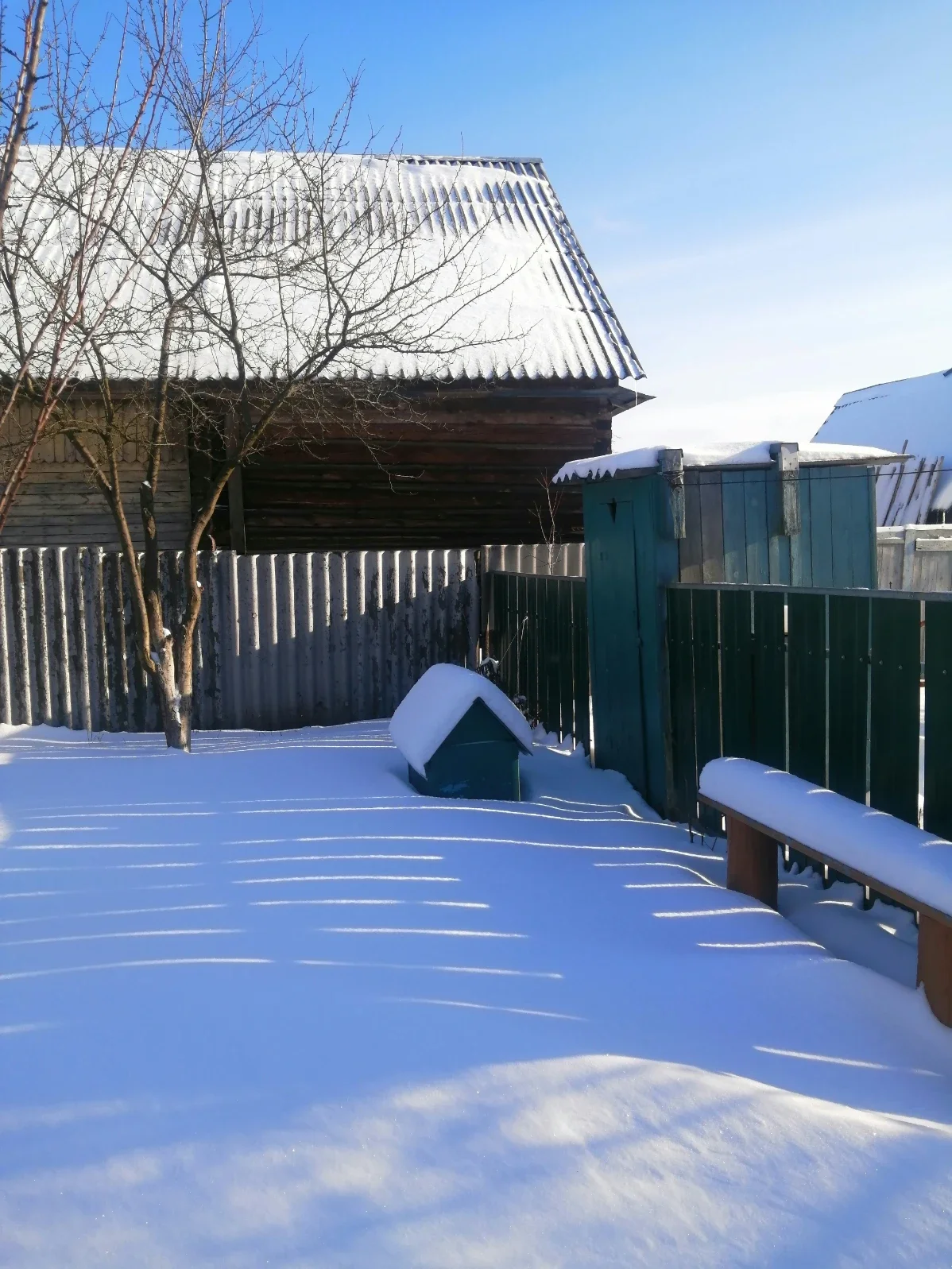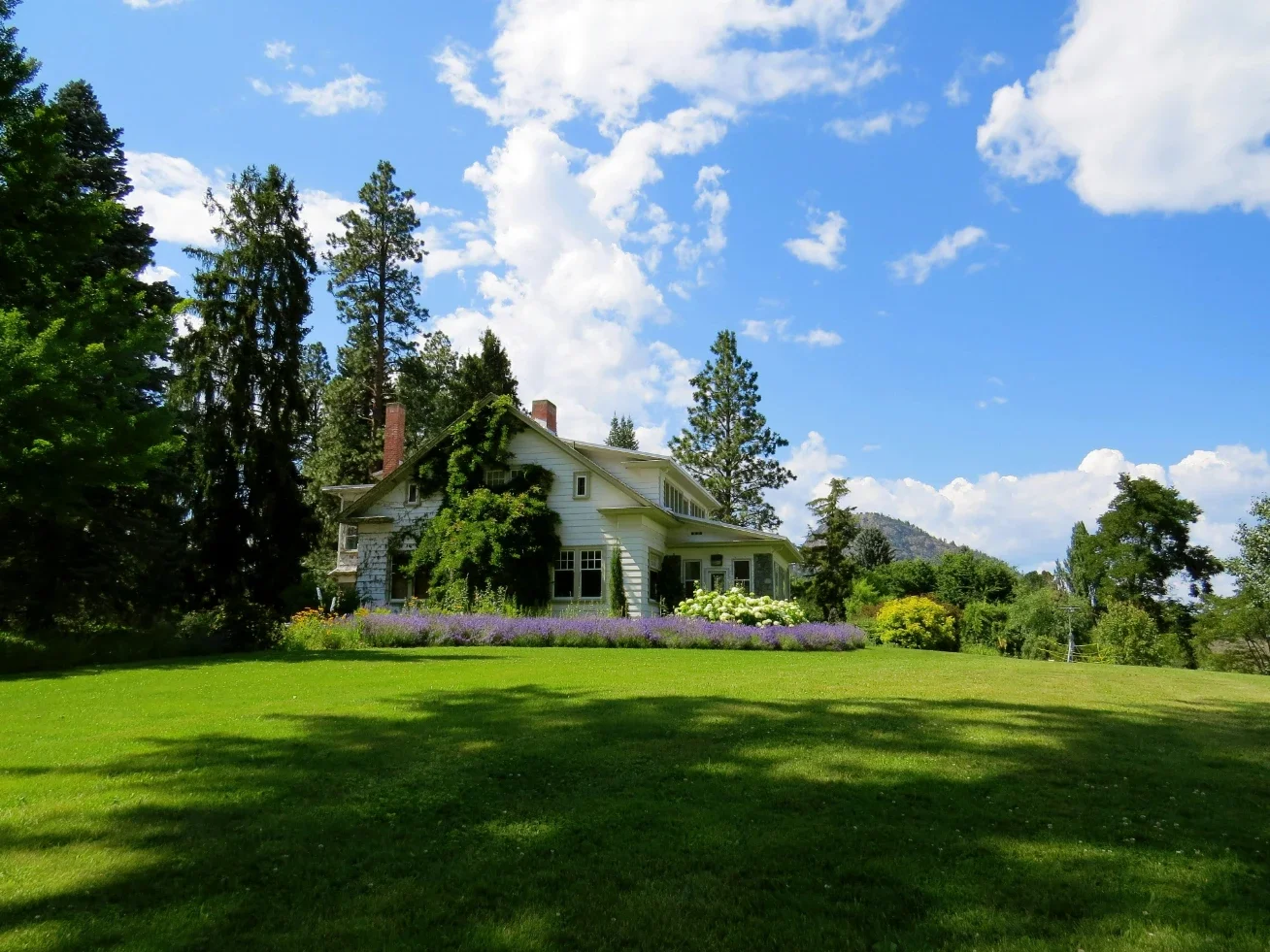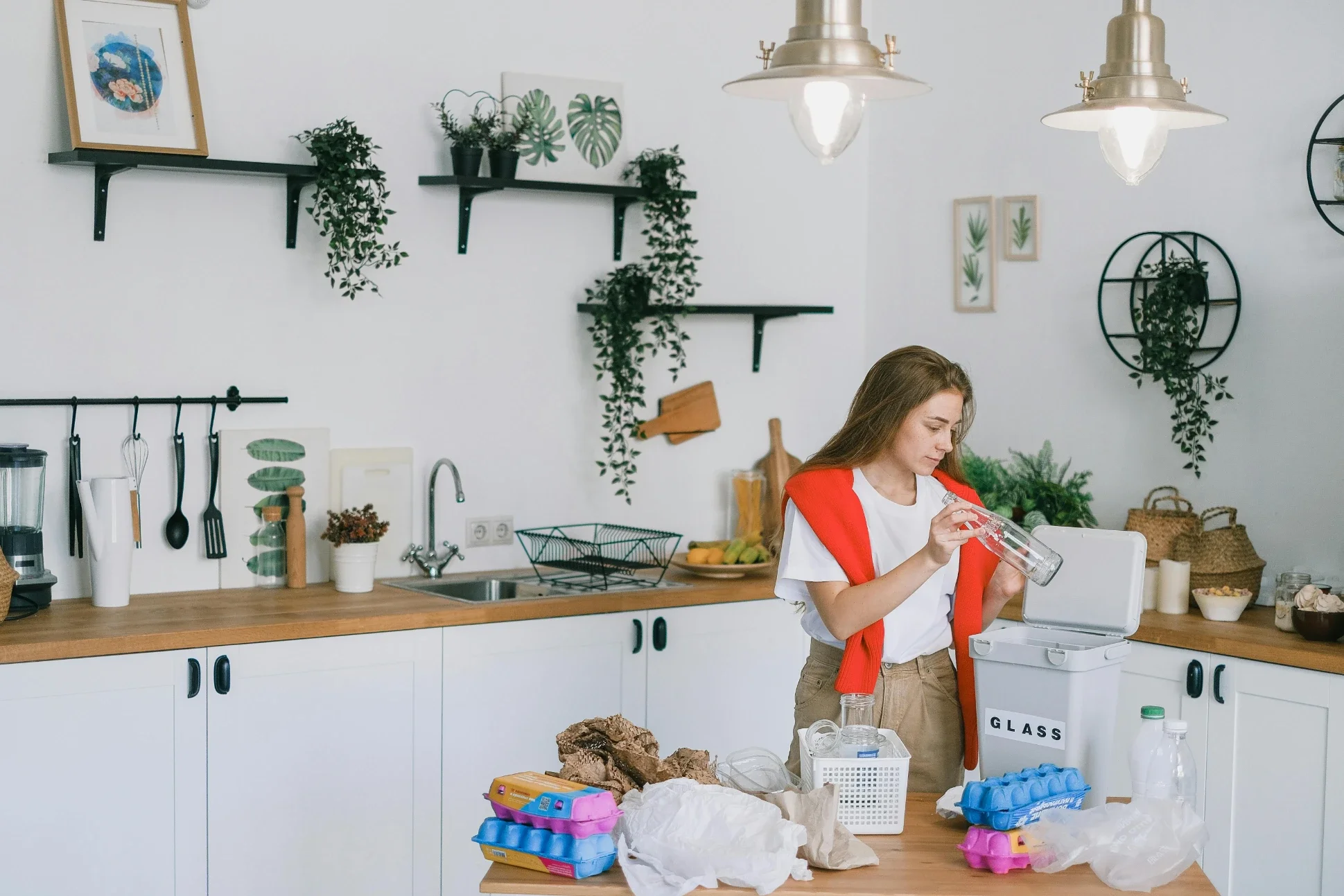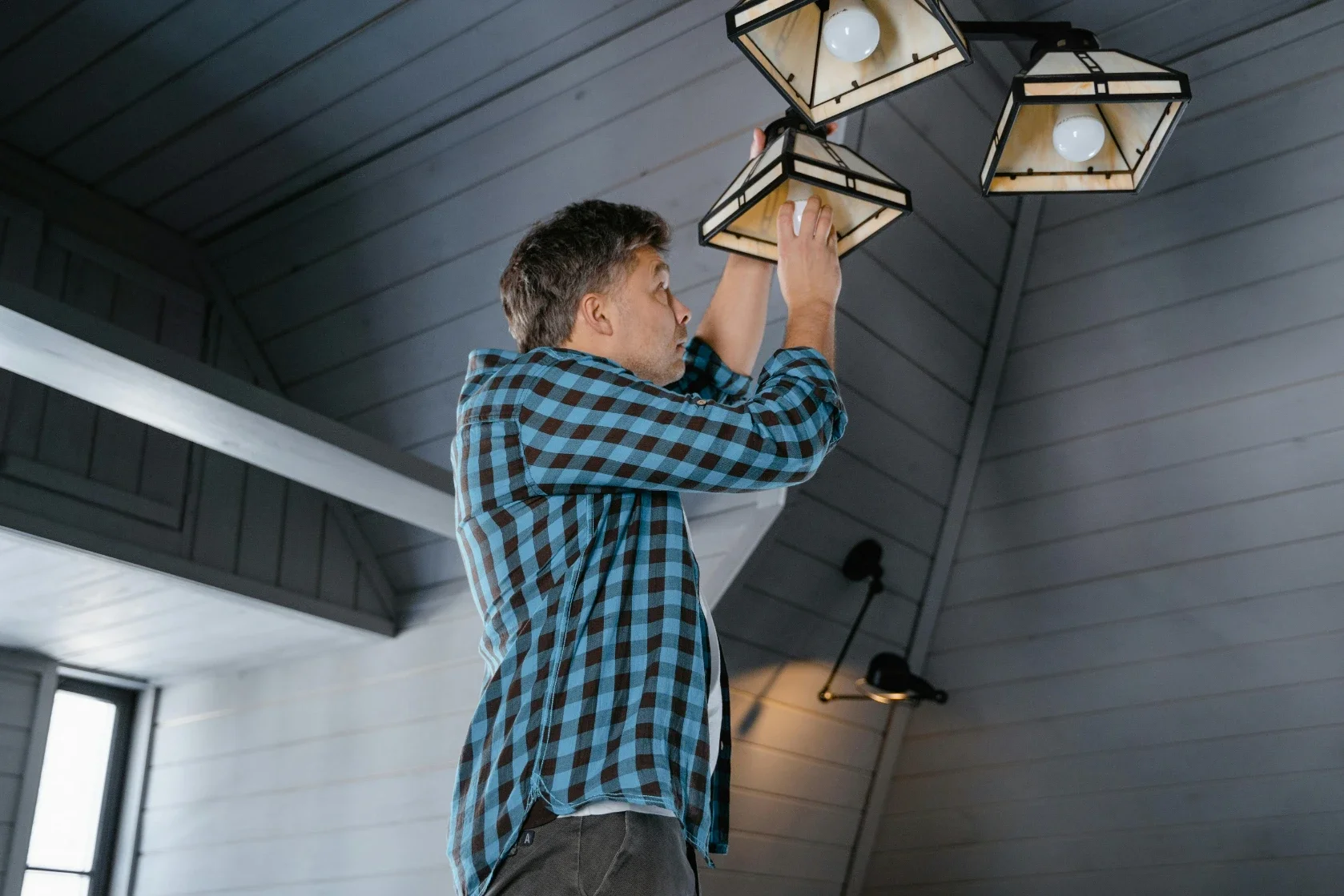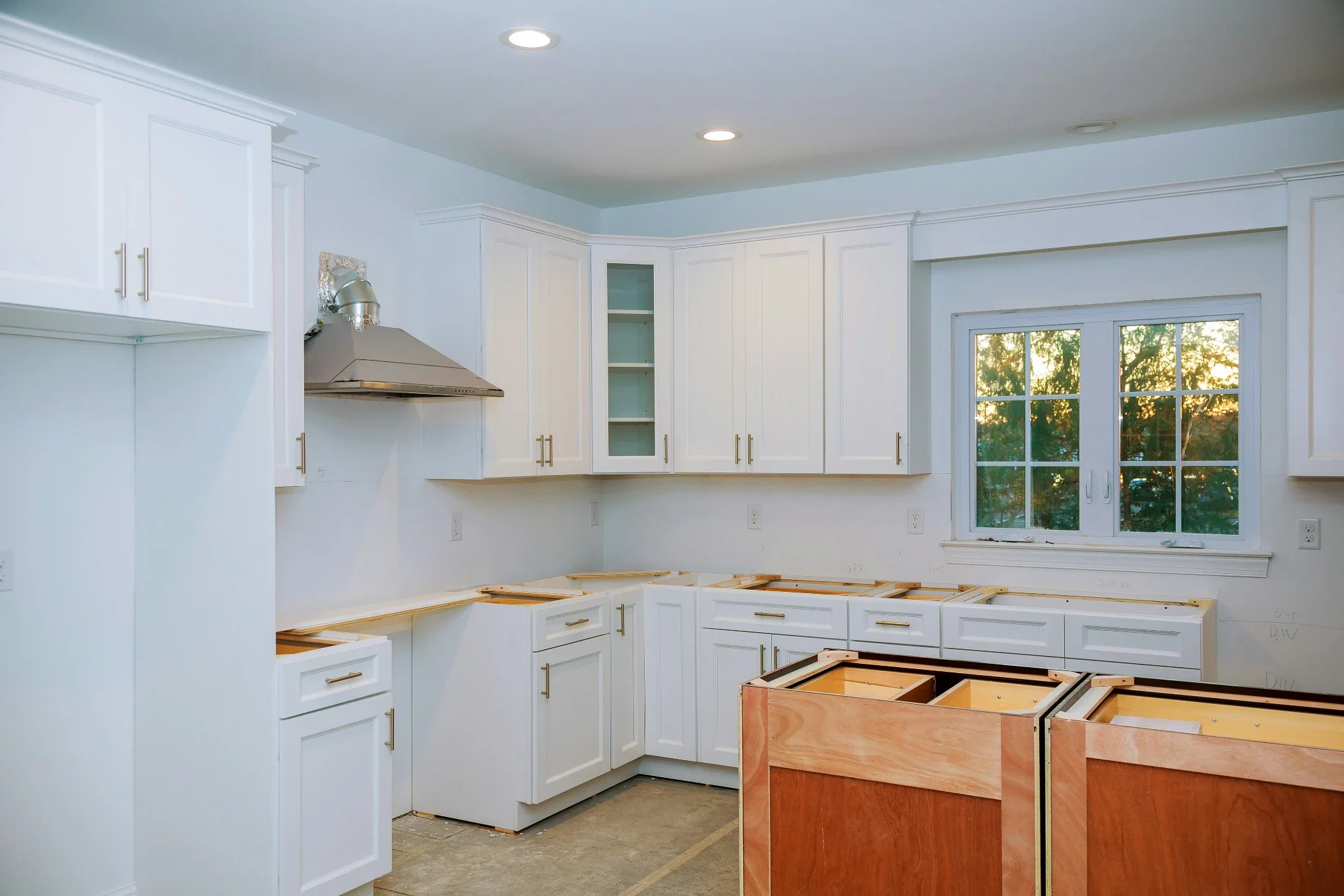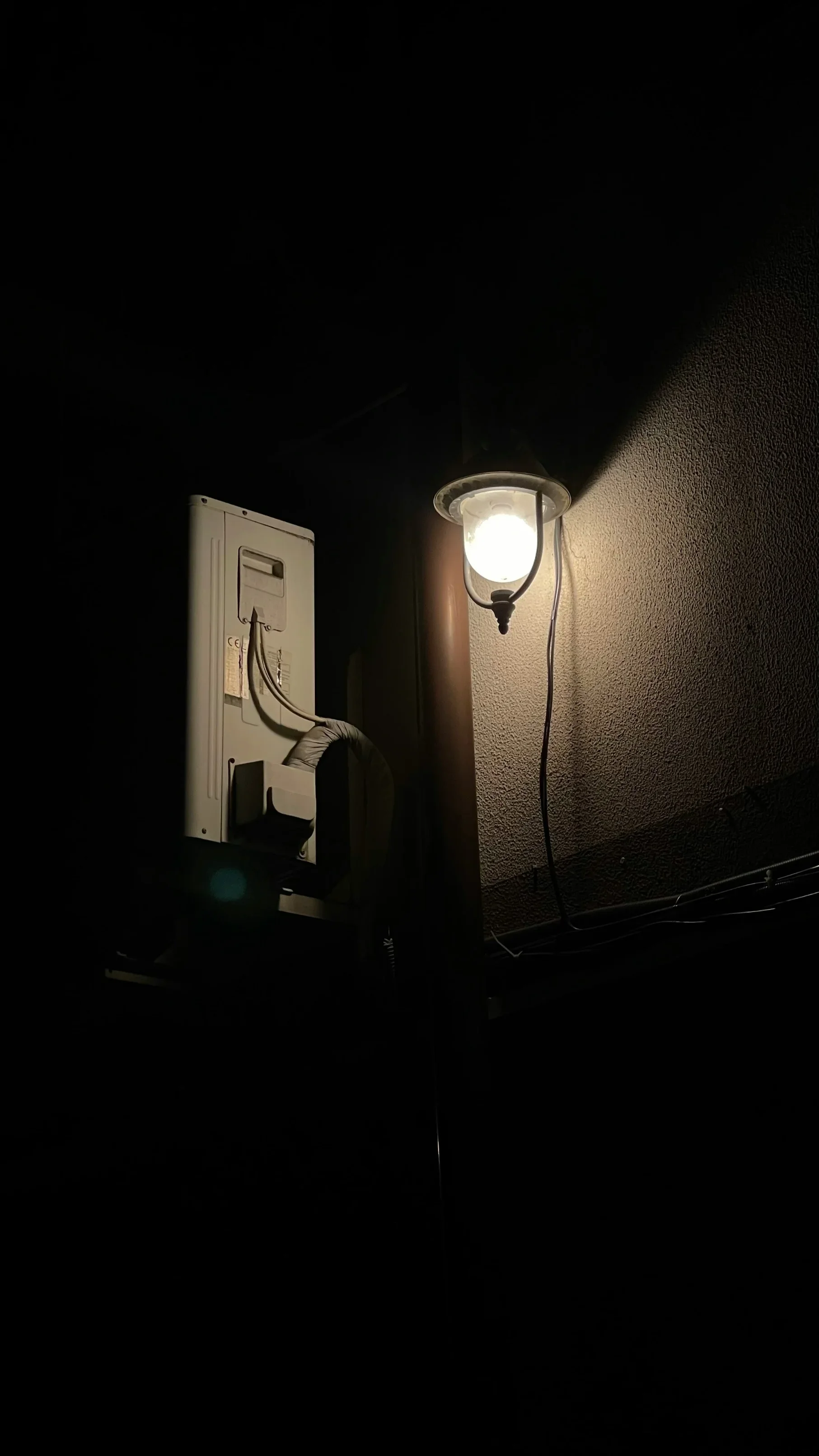How to Grow an Apple Tree from Seed in Your Garden
Learn how to grow an apple tree from seed in your garden with simple steps, patience, and love. Transform tiny seeds into fruitful trees!
Well, here's the thing about growing apple trees from seed: it's like raising a child, except this one won't ask for the car keys! Starting your own apple tree from a humble seed might seem daunting at first, but honestly, it's one of the most rewarding gardening adventures you'll ever embark on. You know what they say, good things come to those who wait, and boy, will you be waiting! But trust me, when you're biting into that first homegrown apple years down the road, you'll forget all about the time it took.
Growing an apple tree from seed in your garden isn't just about getting free fruit (though that's a pretty sweet bonus). It's about connecting with nature, understanding the miracle of growth, and creating something that'll outlive you by decades. Plus, there's something magical about telling folks, "Yeah, I grew this tree from a tiny seed I found in my lunch apple!"
Why Learn How to Grow an Apple Tree from Seed in Your Garden?
The Joy of Starting from Scratch
Let's face it, buying a sapling from the nursery is convenient, but where's the adventure in that? When you start from seed, you're basically playing Mother Nature herself. Sure, it takes patience (we're talking years here, folks), but watching that tiny seed transform into a majestic tree? Priceless!
Growing from seed also gives you a unique tree. No two seed-grown apple trees are exactly alike, which means you might just create the next great apple variety in your backyard. How cool would that be?
Cost-Effective and Educational
Here's the kicker: apple seeds are basically free! Every apple you eat comes with its own little packet of potential trees. Instead of tossing those seeds in the trash, you're giving them a chance at life. If you've got kids, this project becomes an incredible learning opportunity. They'll witness the entire life cycle of a tree, from seed to fruit, teaching them patience and responsibility along the way.
Getting Started: What You'll Need
Essential Supplies
Before diving headfirst into this adventure, let's gather our supplies. You won't need to break the bank here:
• Fresh apple seeds (the fresher, the better!) • Paper towels • Plastic bags with zip locks • Small pots or seed trays • Quality potting soil • A sunny windowsill or grow light • Patience (lots and lots of it) • A good attitude (trust me, you'll need this one)
Choosing the Right Seeds
Not all apple seeds are created equal, my friend. While munching on that grocery store apple, you might think, "Hey, these seeds will do!" Well, hold your horses! Store-bought apples often come from hybrid trees, meaning the apples from your grown tree might taste nothing like the parent fruit. It's like a genetic lottery!
For best results, try getting seeds from heirloom varieties or local orchards. These tend to produce more predictable results. But honestly? Sometimes the surprise is half the fun!
The Step-by-Step Process of How to Grow an Apple Tree from Seed in Your Garden
Step 1: Preparing Your Seeds
Alright, rolling up our sleeves now! First things first, you've got to clean those seeds. Rinse them thoroughly under cool water, removing every bit of fruit flesh. Any leftover apple bits can lead to mold, and nobody wants that drama.
Once clean, here comes the interesting part: stratification. Fancy word, right? It's basically tricking the seeds into thinking they've gone through winter. Apple seeds need this cold period to germinate. Without it, you're basically trying to wake someone up who's determined to sleep in!
Step 2: The Stratification Process
Dampen a paper towel (not soaking wet, just moist like a wrung-out sponge). Place your seeds on half the towel and fold it over. Pop this seed sandwich into a plastic bag and label it with the date. Trust me on the labeling; you'll forget when you started otherwise!
Stick the bag in your refrigerator's crisper drawer. Not the freezer, mind you! We're going for winter, not the Ice Age. Leave them there for about 70 to 80 days. Yeah, I know, it seems like forever, but good things take time!
During this period, check on them weekly. If the paper towel dries out, add a sprinkle of water. If you see any mold, it's time to start over with fresh seeds. Don't get discouraged; even experienced gardeners face setbacks!
Step 3: Planting the Seeds
After what feels like an eternity, your seeds should start sprouting little white roots. Exciting times! Now they're ready for soil. Fill your pots with quality potting mix, making a small hole about twice the depth of the seed.
Gently place each sprouted seed in its hole, root pointing downward. Cover lightly with soil and water gently. You don't want to wash away your precious seeds! Place the pots in a warm, sunny spot. A south-facing window works wonders.
Step 4: Caring for Seedlings
Within a week or two, you'll see tiny green shoots pushing through the soil. Talk about a proud parent moment! Keep the soil consistently moist but not waterlogged. Think of it like a moist cake, not soup.
These baby trees need lots of light. If your windowsill isn't cutting it, consider a grow light. Rotate the pots every few days so the seedlings don't lean like the Tower of Pisa. As they grow, you might need to support them with small stakes. They're like teenagers, sometimes needing a little extra support to stand tall!
Step 5: Transplanting to Larger Pots
When your seedlings reach about 4 to 6 inches tall and have several sets of true leaves, they're ready for bigger digs. Choose pots at least 12 inches deep with drainage holes. Nobody likes wet feet, especially apple trees!
Carefully transplant each seedling, trying not to disturb the roots too much. Water thoroughly after transplanting and keep them in a shaded spot for a few days to recover from the move. Moving is stressful for everyone, plants included!
Taking It Outside: Planting in Your Garden
Choosing the Perfect Spot
After your tree has grown strong in its pot (usually after a year), it's ready for the great outdoors! Choosing the right spot is crucial. Apple trees love full sun, at least six hours daily. They also need well-draining soil; standing water is their kryptonite.
Consider the mature size of your tree. Standard apple trees can reach 30 feet tall and wide! If that sounds overwhelming, you can always prune to keep it manageable. Also, think about cross-pollination. Apple trees generally need a buddy nearby to produce fruit, so plan for at least two trees if you've got the space.
The Planting Process
Spring or fall is ideal for planting, when the weather's mild and the tree isn't stressed. Dig a hole twice as wide as the root ball but no deeper. You want the tree planted at the same depth it was growing in the pot.
Loosen the roots gently if they're circling the pot. Place the tree in the hole, backfill with native soil (no need for amendments), and water thoroughly. Create a small basin around the tree to help direct water to the roots. Mulch around the base, but keep it away from the trunk itself. Think of it as giving your tree a cozy blanket, not a turtleneck!
Long-Term Care and Maintenance
Watering and Feeding
Young apple trees are thirsty creatures. Water deeply once a week during the growing season, more if it's particularly hot or dry. As the tree establishes, it'll become more drought-tolerant, but those first few years are critical.
Feeding your tree is like giving it vitamins. In early spring, apply a balanced fertilizer around the drip line (where the branches end). Don't overdo it though; too much nitrogen creates lots of leaves but few apples. It's all about balance!
Pruning and Training
Pruning might seem scary (nobody wants to hurt their baby!), but it's essential for a healthy, productive tree. Start training your tree young, establishing a strong central leader and well-spaced branches. Winter's the best time for major pruning when the tree's dormant.
Remove any dead, damaged, or crossing branches. Think of it as giving your tree a haircut; it might look a bit bare afterward, but it'll grow back stronger and prettier! Also, thin out excess fruit when they're marble-sized. I know it hurts to remove potential apples, but the remaining ones will be bigger and better.
Dealing with Pests and Diseases
Oh boy, here's where things get interesting! Apple trees can attract various pests and diseases. Aphids, codling moths, and apple scab are common troublemakers. Regular inspection is your best defense. Catching problems early makes them much easier to manage.
Consider organic solutions first. Neem oil works wonders for many pests. Encouraging beneficial insects like ladybugs helps too. They're like having your own tiny garden army! For diseases, proper air circulation and avoiding overhead watering goes a long way.
The Waiting Game: When Will You Get Apples?
Understanding the Timeline
Sitting down? Good, because here's the truth: apple trees grown from seed typically take 7 to 10 years to produce fruit. I know, I know, that seems like forever! But remember, you're creating something that could produce apples for the next 50 to 100 years. That's generations of apple pies!
Some trees might surprise you with earlier fruit, while others might take their sweet time. It's like waiting for a teenager to clean their room; it'll happen eventually, just not on your schedule!
What to Expect from Your Apples
Here's where growing from seed gets really interesting. Your apples probably won't taste like the parent apple. They might be sweeter, more tart, smaller, or larger. You might get cooking apples when you wanted eating apples, or vice versa. It's nature's surprise party!
Most seed-grown apples are best for cooking, cider, or wildlife. But occasionally, just occasionally, someone grows an amazing new variety from seed. Could be you! Even if your apples aren't supermarket perfect, they're YOUR apples, grown with love and patience.
Troubleshooting Common Problems
Slow or No Germination
If your seeds aren't sprouting after stratification, several things might be wrong. Old seeds have lower germination rates. Seeds from irradiated fruit (common with imported apples) might be sterile. Sometimes, they just need more time in the cold.
Don't give up after one batch! Try seeds from different apple varieties. Local, organic apples often have the best germination rates. Remember, even professional growers don't get 100% germination.
Stunted Growth
If your seedling seems stuck, check the basics. Is it getting enough light? Apple seedlings need tons of light to thrive. Is the pot too small? Root-bound plants can't grow properly. Are you overwatering? Soggy soil suffocates roots.
Sometimes, seedlings just grow slowly at first while establishing their root system. It's like they're building a strong foundation before shooting upward. Patience, grasshopper!
Conclusion
Growing an apple tree from seed in your garden isn't just about the destination; it's about enjoying every step of this incredible journey. From that first tiny sprout breaking through the soil to harvesting your very first homegrown apple, you're creating something truly special. Sure, it takes time, patience, and a bit of luck, but the satisfaction of nurturing life from a simple seed is absolutely unmatched in the gardening world!
Read next: How to Grow and Care for Sesame Plants: A Guide
Frequently Asked Questions
Q1: Can I grow apple trees from store-bought apple seeds?
A: Yes, but expect surprises since most are hybrid varieties with unpredictable offspring.
Q2: How long must apple seeds stay in the refrigerator?
A: Generally 70-80 days for proper stratification and best germination results overall.
Q3: Will my seed-grown apple tree produce the same apples?
A: No, seed-grown trees produce genetically different apples than their parent fruit.
Q4: Do I need two apple trees for fruit production?
A: Usually yes, most varieties need cross-pollination from another apple tree nearby.
Q5: What's the best time to plant apple seedlings outside?
A: Early spring or fall offers ideal mild weather for transplanting success.








